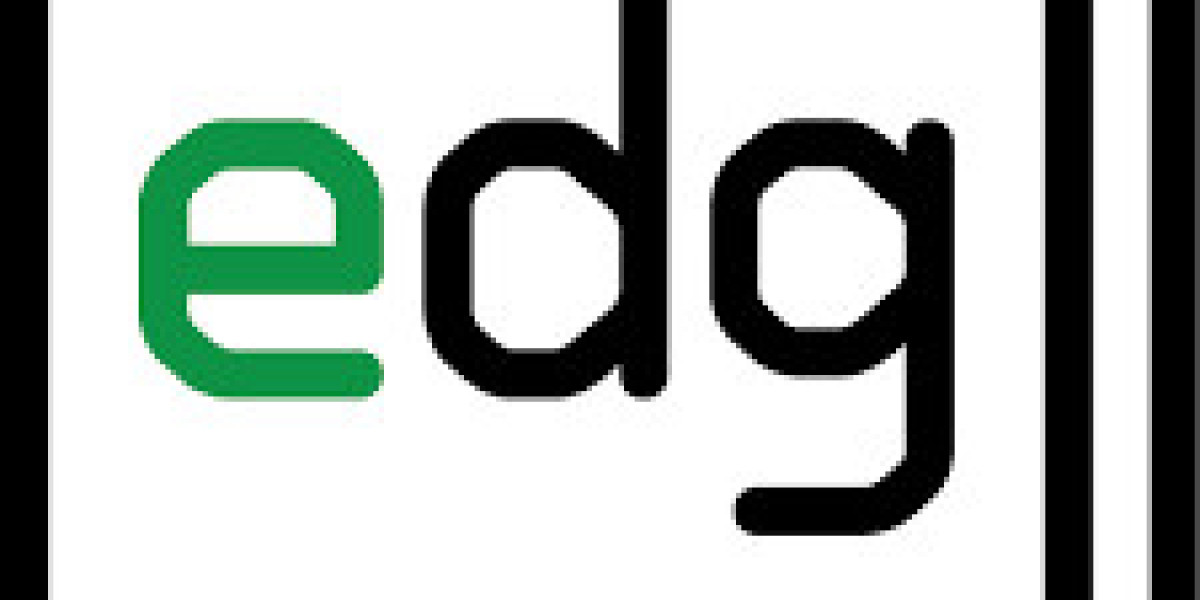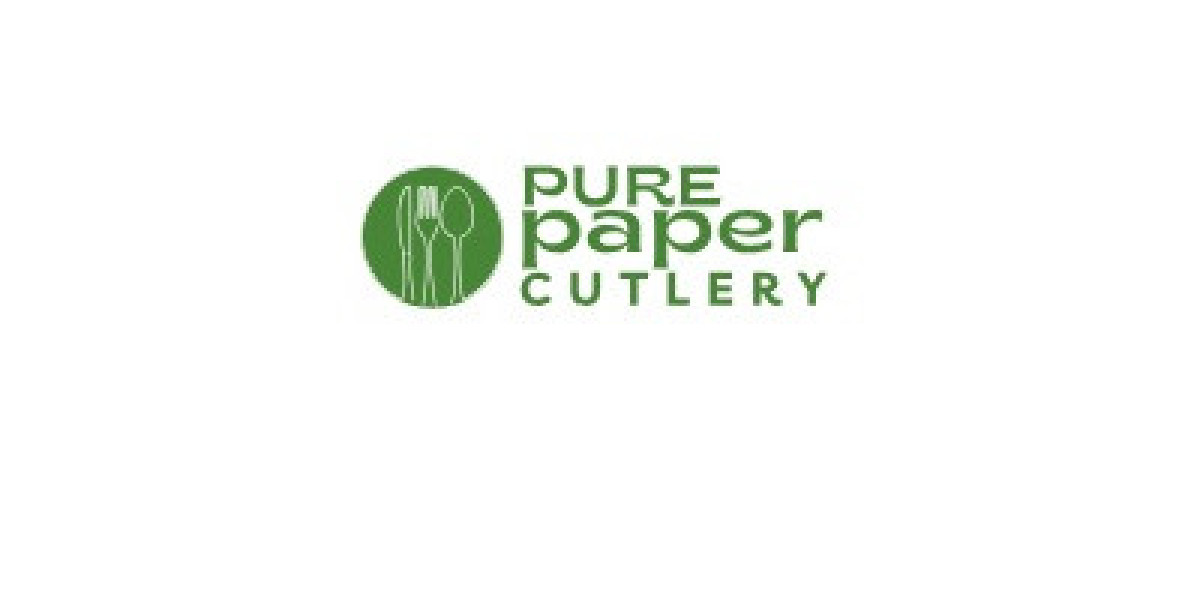As the global conversation on climate change and environmental preservation continues to grow, residential green building has emerged as a key solution in reducing the carbon footprint of our homes. The idea behind residential green building is simple but powerful: create E-Homes that are energy-efficient, environmentally friendly, and resource-efficient, all while enhancing the quality of life for occupants.
At Efficient Developments, we are committed to designing and building Eco-Hybrid homes that align with these principles, helping homeowners in Port Charlotte and beyond enjoy the benefits of sustainable living. Whether you’re building a new home or considering upgrading your existing one, embracing green building practices offers a range of benefits, from lower utility bills to a healthier living environment in a Climate Ready Home.
What is a Residential Green Building?
Residential green building refers to the construction of homes that are designed, built, and operated in a way that minimizes their impact on the environment. This approach goes beyond energy efficiency; it involves sustainable practices in the use of materials, water management, indoor air quality, and waste reduction. A green building focuses on sustainability throughout the lifecycle of the home—from the choice of materials to construction practices, energy use, and even the disposal of materials at the end of the home's life.
By incorporating innovative technologies and environmentally responsible building practices, green homes provide a healthier, more comfortable living space while reducing the consumption of resources and lowering environmental impact.
Key Features of Residential Green Building
Residential green building incorporates a wide array of features that make homes more efficient and environmentally friendly. Here are some of the most important aspects that define green homes:
1. Energy Efficiency
One of the primary goals of green building is to reduce energy consumption. Energy-efficient homes are designed to minimize energy use for heating, cooling, lighting, and appliances. This can be achieved through various methods, such as:
High-Performance Insulation: Ensures minimal heat loss in winter and reduces heat gain in summer, cutting down on the energy needed for climate control.
Energy-Efficient Windows: Double- or triple-pane windows reduce heat transfer, keeping homes warm in the winter and cooler in the summer.
Energy-Efficient Appliances: Modern appliances that meet ENERGY STAR® standards use less electricity, helping homeowners save on utility bills.
Smart Thermostats: These devices help regulate temperature more efficiently, allowing homeowners to control their HVAC systems remotely and reduce energy waste.
2. Sustainable Building Materials
A key aspect of green building is the use of sustainable materials that are sourced responsibly and have a minimal environmental impact. Examples include:
Recycled Materials: Using recycled materials, such as reclaimed wood or recycled steel, reduces the demand for new resources and minimizes waste.
Sustainably Sourced Wood: Choosing wood from forests managed for sustainability ensures that tree harvesting is done responsibly.
Low-VOC Paints and Finishes: Volatile Organic Compounds (VOCs) are chemicals found in many conventional paints that can negatively affect indoor air quality. Low-VOC products improve the health of the home by reducing harmful emissions.
3. Water Conservation
Water efficiency is another important element of residential green building. As water becomes an increasingly scarce resource, especially in regions like Florida, it’s critical to design homes that use water responsibly. Some key water-saving features include:
Low-Flow Fixtures: Toilets, faucets, and showerheads with low-flow technology use less water while maintaining strong performance.
Rainwater Harvesting: This system collects and stores rainwater for non-potable uses such as irrigation, reducing the demand for municipal water supplies.
Efficient Landscaping: Drought-resistant landscaping (also known as xeriscaping) uses native plants that require less water, reducing irrigation needs.
4. Indoor Air Quality
A healthier home is often a result of better indoor air quality, which is a primary focus in green building. Green homes typically feature ventilation systems that improve air circulation and reduce indoor pollutants. This can be achieved through:
Mechanical Ventilation Systems: Ensuring a steady flow of fresh air while removing stale air and pollutants helps maintain better indoor air quality.
Non-Toxic Building Materials: Using materials that are free of harmful chemicals, like low-VOC paints and finishes, improves the air quality in a green home.
5. Renewable Energy Integration
Many green homes are designed to integrate renewable energy systems such as solar panels or geothermal heat pumps. These technologies reduce reliance on traditional, non-renewable energy sources, decreasing the home’s overall carbon footprint. Solar panels, for instance, harness energy from the sun to power a home’s electrical systems, while geothermal systems use the Earth’s natural heat to provide climate control.
At Efficient Developments, we make it easy for homeowners to adopt renewable energy solutions, whether it’s installing solar panels or creating a solar-ready home that can be upgraded in the future.
The Benefits of Residential Green Building
Building a green home offers numerous benefits for both homeowners and the environment. Here are some of the top advantages:
1. Lower Utility Bills
Green homes are designed to be energy- and water-efficient, which translates into lower monthly utility bills. By reducing the need for heating, cooling, and electricity, homeowners can enjoy significant savings over the life of the home.
2. Environmental Stewardship
Residential green building helps reduce the environmental impact of new homes by conserving resources and reducing waste. From the materials used to the way energy is consumed, green homes are designed to minimize their effect on the planet. Homeowners who choose to build green are making a conscious effort to protect the environment for future generations.
3. Increased Home Value
As sustainability becomes a higher priority for homeowners and buyers alike, green homes are in greater demand. According to real estate studies, homes with eco-friendly features tend to have a higher resale value compared to traditional homes. This means that investing in a green home not only saves money on utilities but can also increase the home’s long-term value.
4. Healthier Living Environment
Green homes prioritize the health and well-being of their occupants. By using non-toxic materials and improving indoor air quality, green homes provide a healthier living space. Homeowners are less exposed to harmful chemicals and pollutants, making green homes an excellent choice for families with children, seniors, or anyone with respiratory sensitivities.
5. Long-Term Durability
Sustainably built homes tend to be more durable and require less maintenance over time. High-quality, sustainable materials last longer than conventional ones, and energy-efficient designs often result in fewer mechanical breakdowns. This reduces the long-term costs associated with repairs and maintenance, making green homes more cost-effective in the long run.
Why Choose Efficient Developments for Your Green Home?
At Efficient Developments, we are passionate about residential green building and believe that every home should be built with sustainability in mind. Whether you’re building a new home or renovating an existing one, our team of experts will guide you through the process of creating an eco-friendly living space that meets your needs and aligns with your values.
Customized Green Solutions: We understand that every homeowner is unique, which is why we offer tailored solutions that fit your lifestyle and budget.
Sustainable Practices: From energy-efficient designs to renewable energy options, we focus on building homes that are environmentally responsible.
Expert Craftsmanship: Our team is committed to quality, ensuring that your green home is built to the highest standards of durability and performance.
Conclusion
Residential green building is more than just a trend—it’s the future of home construction. By embracing sustainable building practices, homeowners can enjoy E-Homes that offer lower utility bills, improved comfort, and a healthier living environment, all while contributing to the well-being of the planet. At Efficient Developments, we are proud to be a leader in the green building movement, helping homeowners in Port Charlotte and beyond create Eco-Hybrid homes that are as beautiful as they are eco-friendly.
If you’re ready to explore the benefits of residential green building and discover how a Climate Ready Home can enhance your lifestyle, contact Efficient Developments today. Let’s work together to build a home that’s good for you and the environment.



